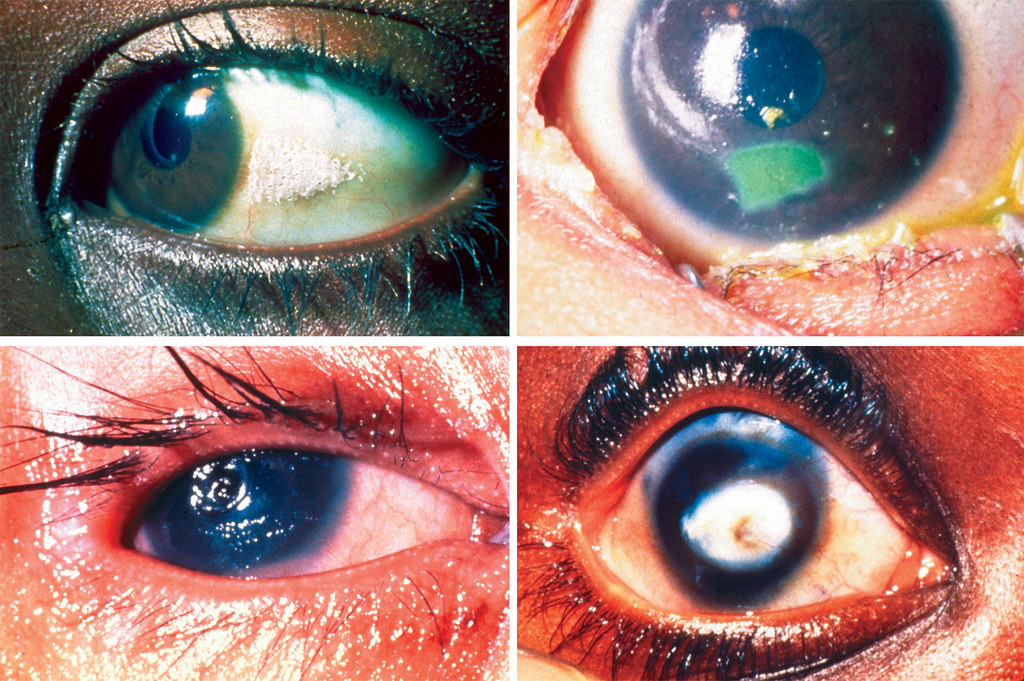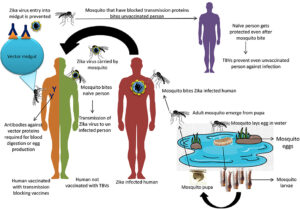Dry skin, also known as Xerosis Cutis, is a common condition that affects people of all ages. It occurs when the skin loses its natural moisture and becomes rough, flaky, or itchy. This condition can be temporary or chronic, depending on various factors such as environmental conditions, lifestyle habits, and underlying health issues. Understanding the causes, symptoms, and proper care for dry skin is essential to maintain healthy and comfortable skin.

What Is Dry Skin?
Dry skin refers to a condition where the outer layer of the skin lacks sufficient moisture. This results in a compromised skin barrier, which can lead to discomfort and other complications if not addressed properly. While it is often considered a minor issue, untreated dry skin can sometimes progress into more severe dermatological problems.
Common Characteristics of Dry Skin
- Rough texture
- Flakiness or peeling
- Tightness, especially after bathing
- Itchiness or irritation
- Redness or cracks in severe cases
Causes of Dry Skin
Dry skin can result from a variety of internal and external factors. Identifying the root cause is crucial for effective treatment and prevention.
Environmental Factors
One of the most common contributors to dry skin is the environment. Harsh weather conditions, particularly cold temperatures and low humidity levels, can strip the skin of its natural oils. For instance, during winter, indoor heating systems can further reduce humidity, exacerbating the problem. Similarly, exposure to hot water, whether through showers or baths, can disrupt the skin’s moisture balance.
Lifestyle Habits
Certain daily habits may also contribute to dry skin. Over-washing or using harsh soaps and cleansers can remove the skin’s protective oils. Additionally, frequent use of alcohol-based hand sanitizers or exposure to chemicals in cleaning products can irritate the skin. A lack of hydration, poor diet, and insufficient intake of essential fatty acids can also play a role in skin dryness.
Underlying Health Conditions
Some medical conditions are directly linked to dry skin. For example, individuals with eczema, psoriasis, or diabetes are more prone to experiencing dryness. Hormonal changes, such as those occurring during menopause, can also affect skin hydration. Furthermore, certain medications, like diuretics or retinoids, may have side effects that include dry skin.
Age-Related Changes
As people age, their skin naturally produces less oil, making it more susceptible to dryness. The skin’s ability to retain moisture diminishes over time, leading to increased vulnerability to environmental stressors. This is why older adults often experience more pronounced dry skin compared to younger individuals.
Symptoms of Dry Skin
The symptoms of dry skin can vary in severity, ranging from mild discomfort to more noticeable physical signs. Recognizing these symptoms early can help prevent further complications.
Mild Symptoms
In its early stages, dry skin may present as:
- A feeling of tightness, especially after washing
- Subtle roughness or dullness
- Occasional itchiness without visible irritation
Moderate Symptoms
If left untreated, dry skin can progress to include:
- Noticeable flaking or peeling
- Increased itchiness that may interfere with daily activities
- Red patches or mild inflammation
Severe Symptoms
In extreme cases, dry skin can lead to:
- Deep cracks or fissures in the skin
- Bleeding due to cracked skin
- Secondary infections caused by broken skin barriers
Caring for Dry Skin
Proper care and management are essential to alleviate the discomfort associated with dry skin and to prevent it from worsening. A combination of lifestyle adjustments, skincare routines, and professional advice can make a significant difference.
Hydration and Diet
Staying hydrated is one of the simplest yet most effective ways to combat dry skin. Drinking an adequate amount of water helps maintain overall skin health. In addition, incorporating foods rich in omega-3 fatty acids, vitamins, and antioxidants can support skin hydration. Examples include fish, nuts, seeds, and leafy greens.
Gentle Cleansing Practices
When washing your skin, opt for lukewarm water instead of hot water, as the latter can strip away natural oils. Use mild, fragrance-free cleansers that are specifically formulated for sensitive or dry skin. Avoid scrubbing vigorously, as this can further irritate the skin. Pat your skin dry with a soft towel instead of rubbing it.
Moisturizing Regularly
Applying a moisturizer immediately after bathing helps lock in moisture. Look for products containing ingredients like glycerin, hyaluronic acid, or ceramides, which are known for their hydrating properties. For extremely dry areas, such as hands or feet, consider using thicker creams or ointments.
Humidifying Your Environment
Using a humidifier in your home, especially during colder months, can add much-needed moisture to the air. This helps counteract the drying effects of indoor heating systems and keeps your skin hydrated throughout the day.
Avoiding Irritants
Minimize exposure to potential irritants, such as harsh detergents, fragrances, and alcohol-based products. If you work in an environment where you frequently come into contact with chemicals, wear protective gloves to shield your skin.
Seeking Professional Help
If self-care measures do not improve your condition, consult a dermatologist. They can provide personalized recommendations and prescribe medicated creams or treatments if necessary. In some cases, they may also investigate underlying health issues that could be contributing to your dry skin.
Preventing Dry Skin
Prevention is always better than cure, and adopting proactive measures can significantly reduce the risk of developing dry skin.
Adopting a Consistent Skincare Routine
Establishing a daily skincare routine tailored to your skin type is vital. Cleanse, moisturize, and protect your skin consistently to maintain its health. Incorporating sunscreen into your regimen can also prevent sun damage, which can exacerbate dryness.
Wearing Appropriate Clothing
During colder months, dress in layers to protect your skin from harsh winds and low temperatures. Choose fabrics like cotton that allow your skin to breathe and avoid wool or synthetic materials that may cause irritation.
Managing Stress Levels
Stress can negatively impact your skin’s health, including its ability to retain moisture. Engage in stress-reducing activities such as yoga, meditation, or spending time outdoors to promote overall well-being.
When to See a Doctor
While dry skin is generally manageable at home, there are instances when seeking medical attention is advisable. If you notice persistent redness, swelling, or open sores, it may indicate an infection or another underlying condition. Similarly, if your dry skin does not improve despite following proper care practices, a healthcare professional can offer guidance and appropriate treatment options.





